

We may earn revenue from the products available on this page and participate in affiliate programs. Learn More ›
Home Advice You Can Trust
Tips, tricks & ideas for a better home and yard, delivered to your inbox daily.
Independence and Quality of Life
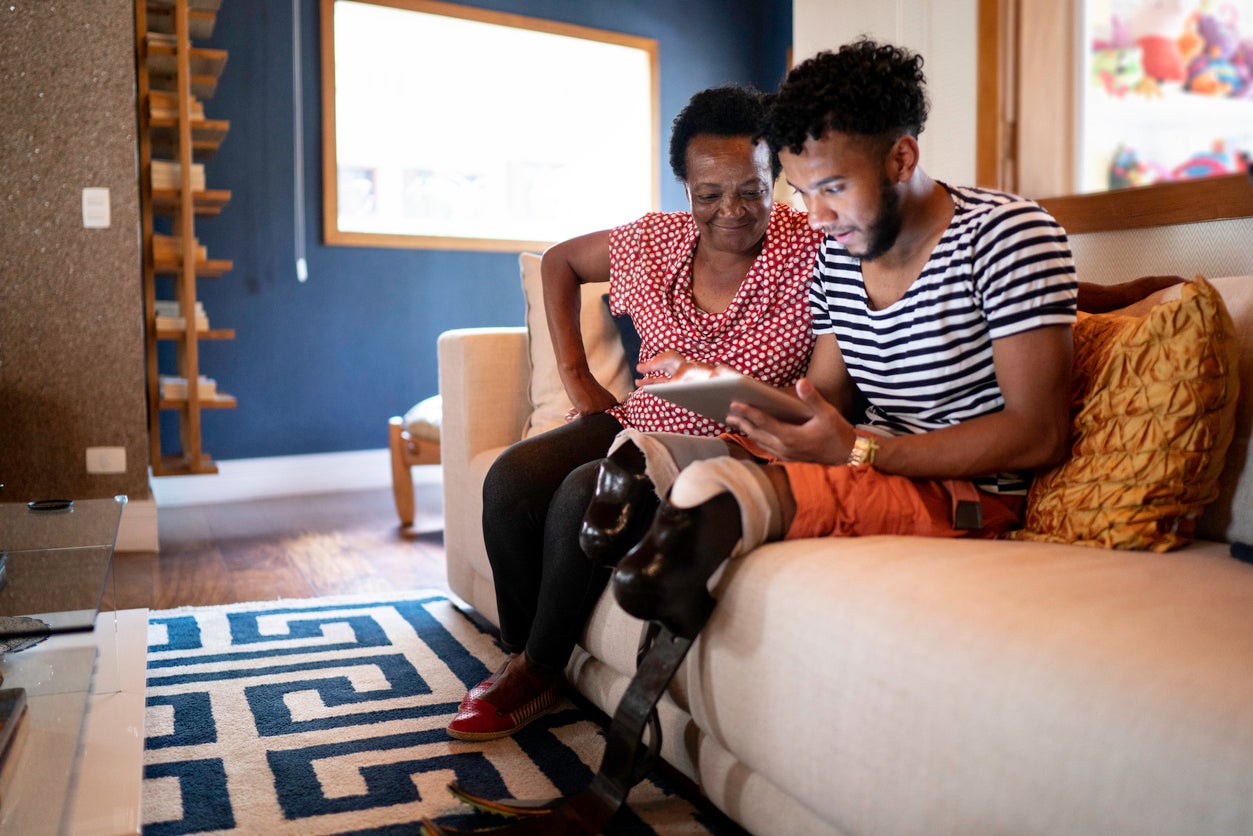
Postponed for a year due to COVID-19, the 16th Summer Paralympics will now start in August 2021 in Tokyo. As viewers cheer for their favorite athletes, it’s a good time to remember the everyday challenges faced by those with disabilities at home. Joy Wagner, RN, BSN, President and Founder of the nonprofit NeuroBalance Center in Barrington, Illinois, is sharing her ideas about making homes more accessible. Keep reading to discover ways—many of which don’t require renovation—that you make your home more disability-friendly.
Start in the Kitchen
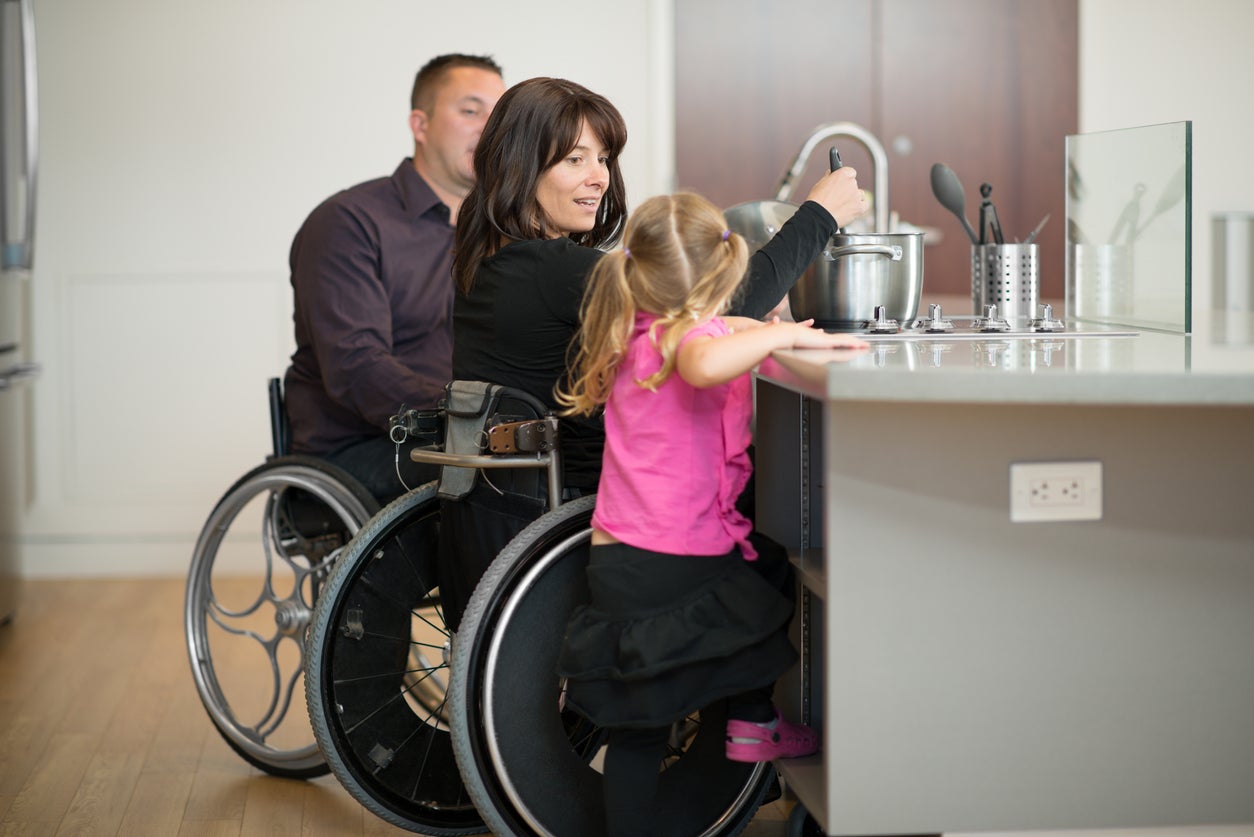
Being able to prepare food is an essential part in independent living. “The kitchen area is a key place to start when thinking about designing for an aging family member or one with mobility disorders,” Wagner said. If replacing existing appliances is in order, she suggests installing ADA height appliances that are simpler for someone who uses a wheelchair, scooter, or walker. “Bosch has a full line,” she said.
Make It Accessible
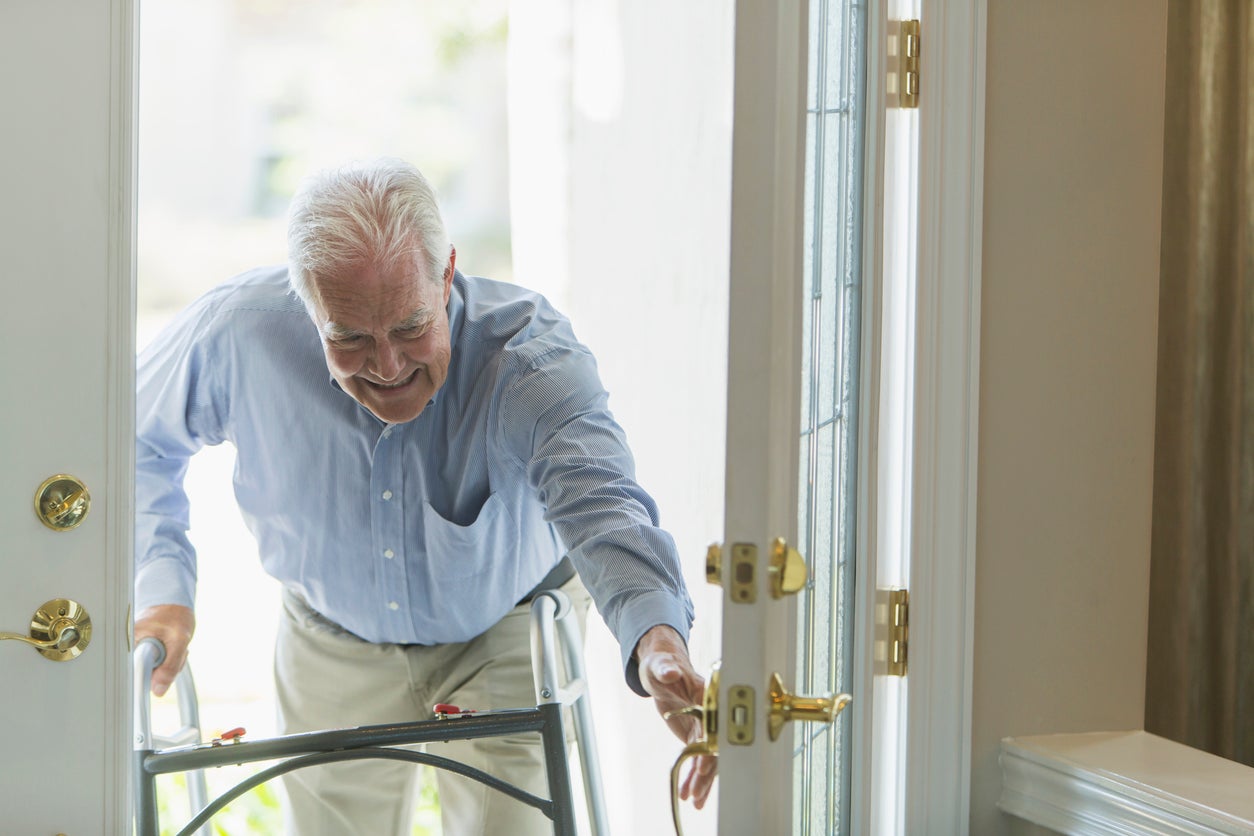
Obstacles in public and private life are major factors in keeping those who use walkers, canes, and wheelchairs from enjoying activities and events, according to Wagner, who was diagnosed with multiple sclerosis (MS) nearly two decades ago. She details the “need to remove barriers and obstacles, and build, remodel, equip to be inclusive.” Common household obstacles include “doorways that are not wide enough for wheelchair access, poor lighting, and hard-to-reach switches.”
The Carpet Conundrum
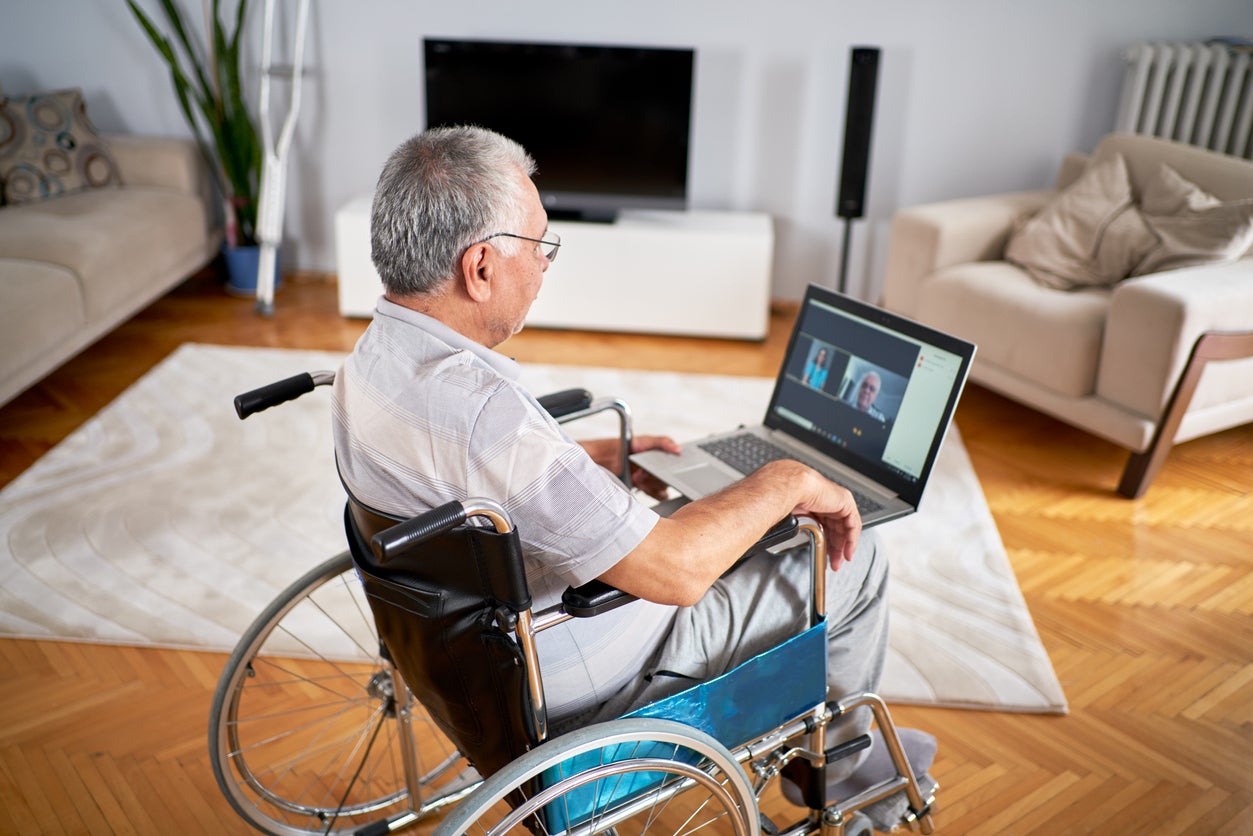
Area rugs and wall-to-wall carpeting feel soft underfoot and add a décor element, but they present obstacles to those using wheelchairs or walkers. On the flip side, slippery flooring also is a danger. If you want carpet in the home, look for a very low pile and attach it to the subflooring. Get rid of area rugs and replace slippery polished hardwood or ceramic tile with a high-traction, low-slip flooring like vinyl.
Eliminate Bathing Barriers
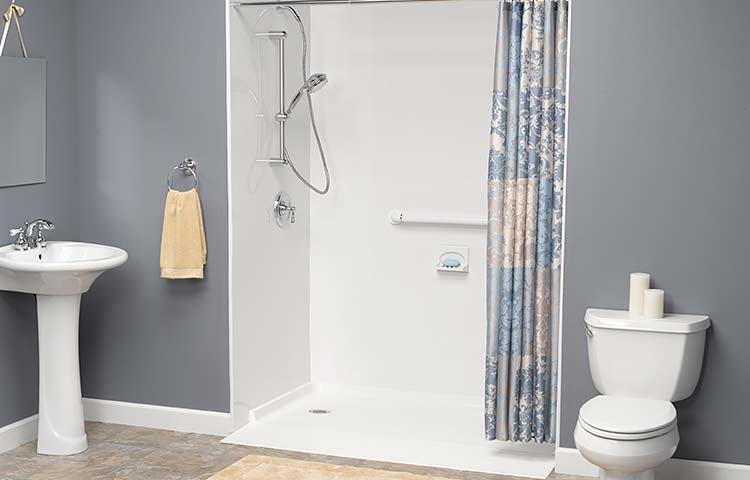
Slick-bottom tubs and shower floors increase the risk of slips and falls, so creating a safe bathing experience is essential. During an upgrade, Wagner suggests paying attention to the direction a shower door swings and recommends including enough space in the shower for a shower chair or other portable devices.
Mobility-friendly showers (available at Lowe’s and Bath Planet) feature thresholds of 1/2-inch or lower to enable a shower chair to roll in. A shower for the disabled should also have enough room for the individual to turn around, feature safety bars, and a bench for sitting.
Ramp it Up
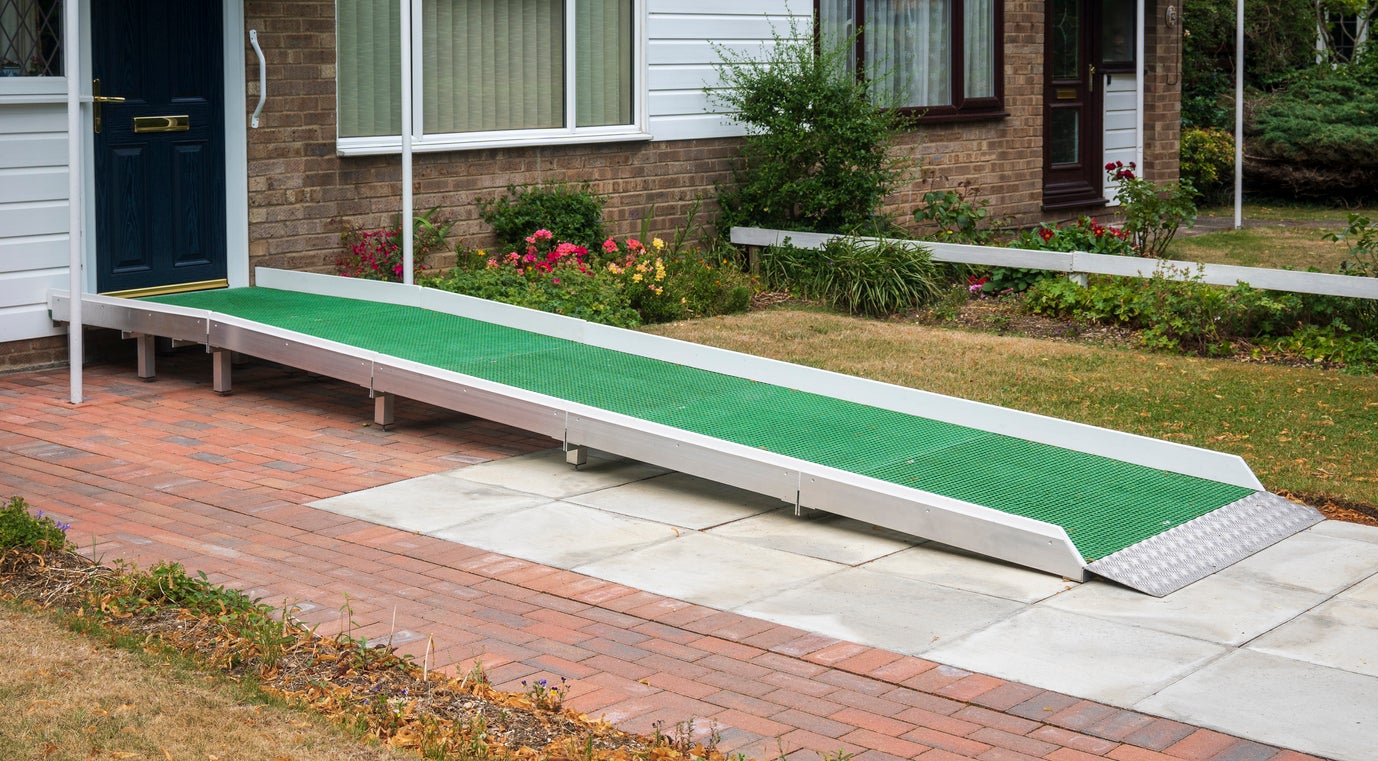
Those who depend on standard wheelchairs and power chairs to get around cannot navigate steps and stairs, which greatly limits their ability to move about a home and neighborhood freely. Building a ramp is one of the best ways to give a mobility-challenged individual more independence. Custom-built wheelchair ramps can be pricey, but some community groups, such as Habitat for Humanity, volunteer to build ramps for the elderly, veterans, and the disabled for just the cost of the construction materials.
Opt for Levers
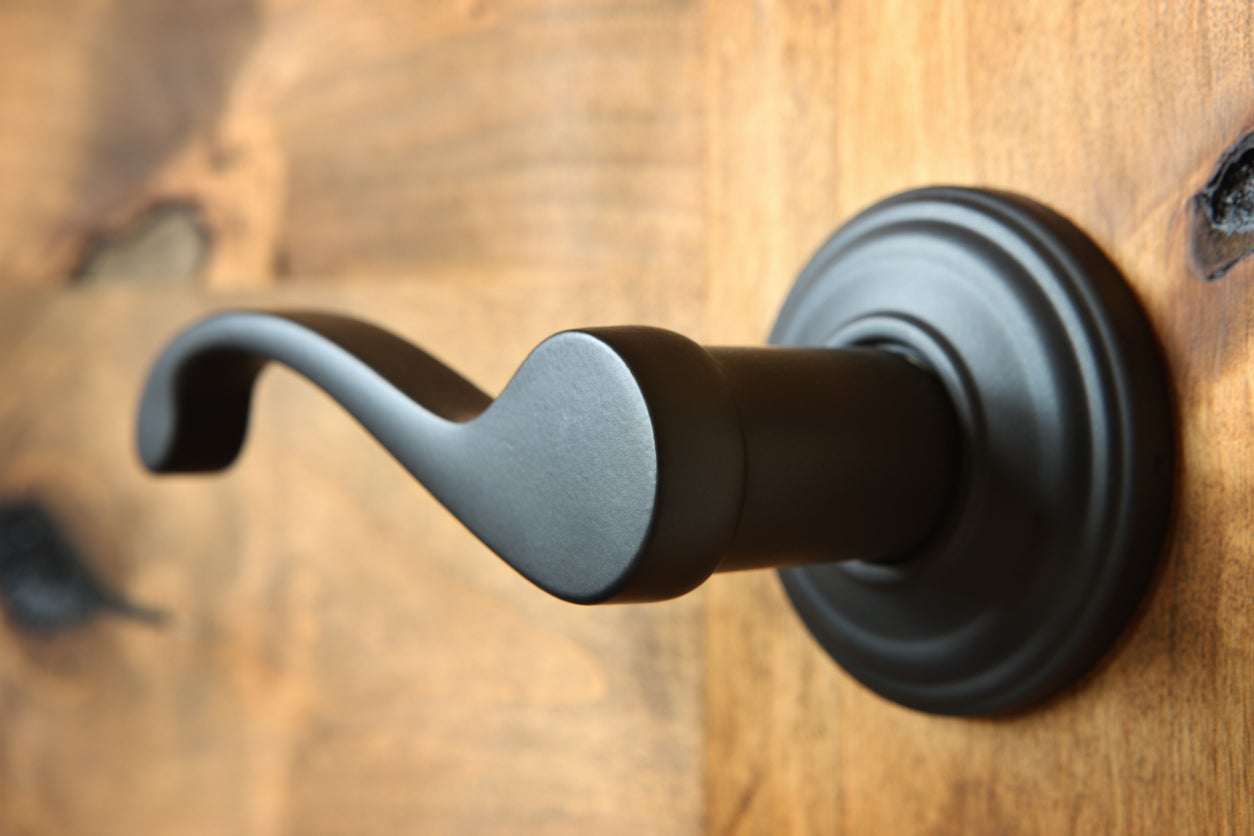
Something as simple as a doorknob can be a barrier for those who have trouble grasping and turning the knob. Replacing doorknobs with door levers makes it easier for many to enter and exit a room. This is one of the simpler disability-friendly updates, but it can mean a lot to a mobility-challenged loved one. Alternatively, a remodeler can install automatic doors that open at the touch of a button, making it easy to go from room to room or indoors and out.
Create Comfortable Spaces
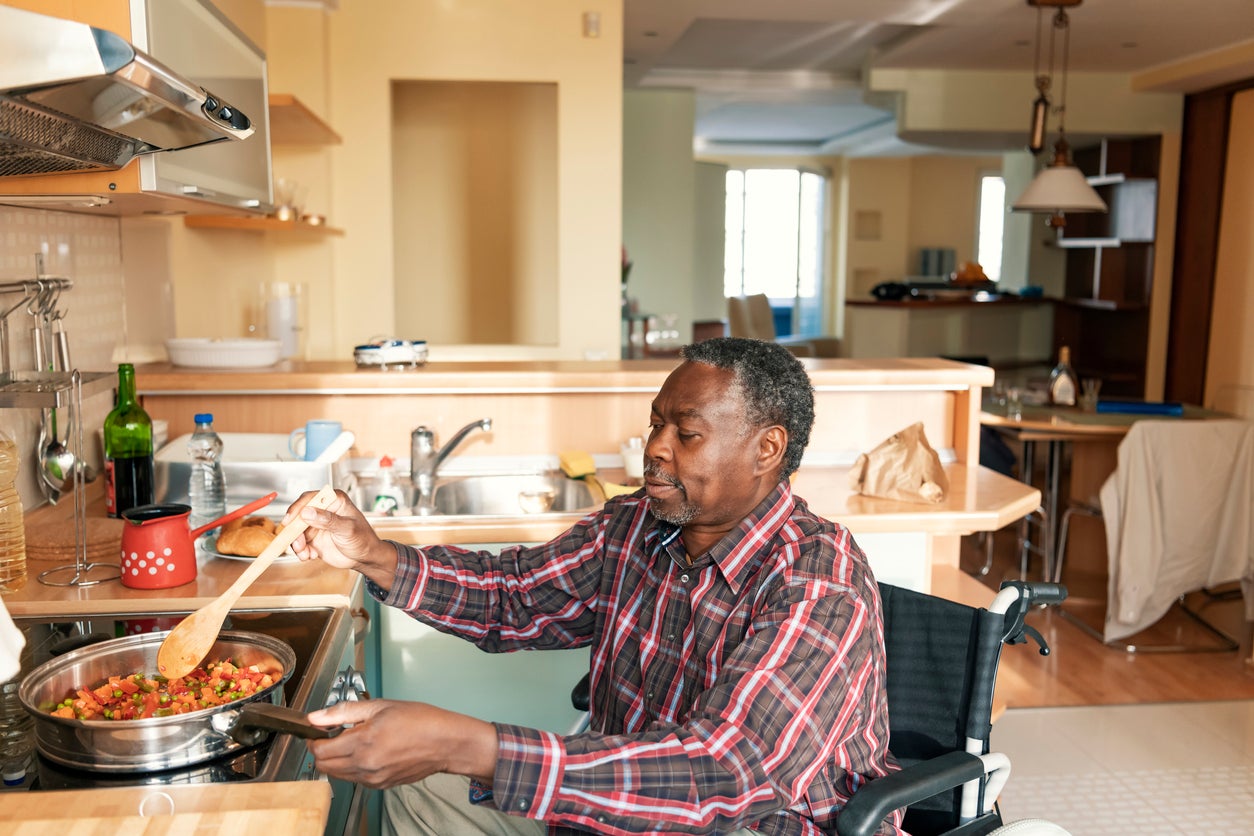
A disability-friendly home will have clear traffic patterns wide enough to allow those who use walkers or wheelchairs to navigate quickly and safely. This can often be achieved by rearranging the furniture to create broader pathways, at least 36 inches wide. Items used frequently, such as dinner plates and flatware, should be located on lower shelves so they’re easily accessible, eliminating the need to ask someone else to retrieve them.
Lower the Rod

Standard closet rods, which are 5 feet off the ground, are virtually impossible for someone in a standard wheelchair to use. The solution can be as simple as lowering the rod just 3 to 4 feet off the ground, putting it within reach for the user to hang and retrieve clothing. In addition, low-profile dressers will simplify using other personal clothing items, such as socks and underwear.
Consider the Commode
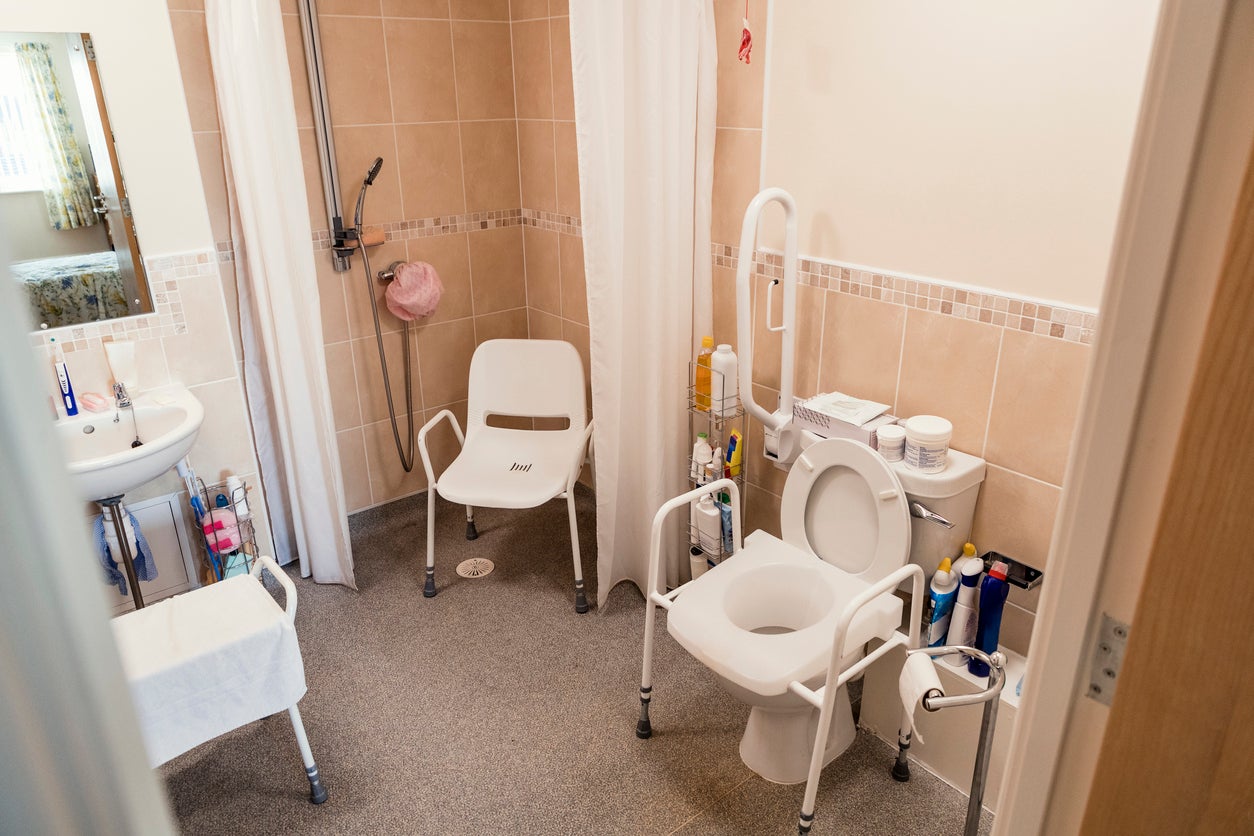
The standard toilet comes with a seat that’s around 14 to 15 inches above the floor, but a low seat can pose problems for those with limited mobility. An ADA-compliant toilet comes with a seat that’s 17 to 19 inches off the floor, which may make it easier to sit and stand.
If replacing the commode isn’t in the cards right now, adding a toilet safety frame with a riser can help. Look for a frame made of lightweight and sturdy materials that attaches securely to the toilet and comes with armrest-grab bars that help the user balance while sitting and standing.
Position Poles for Stability
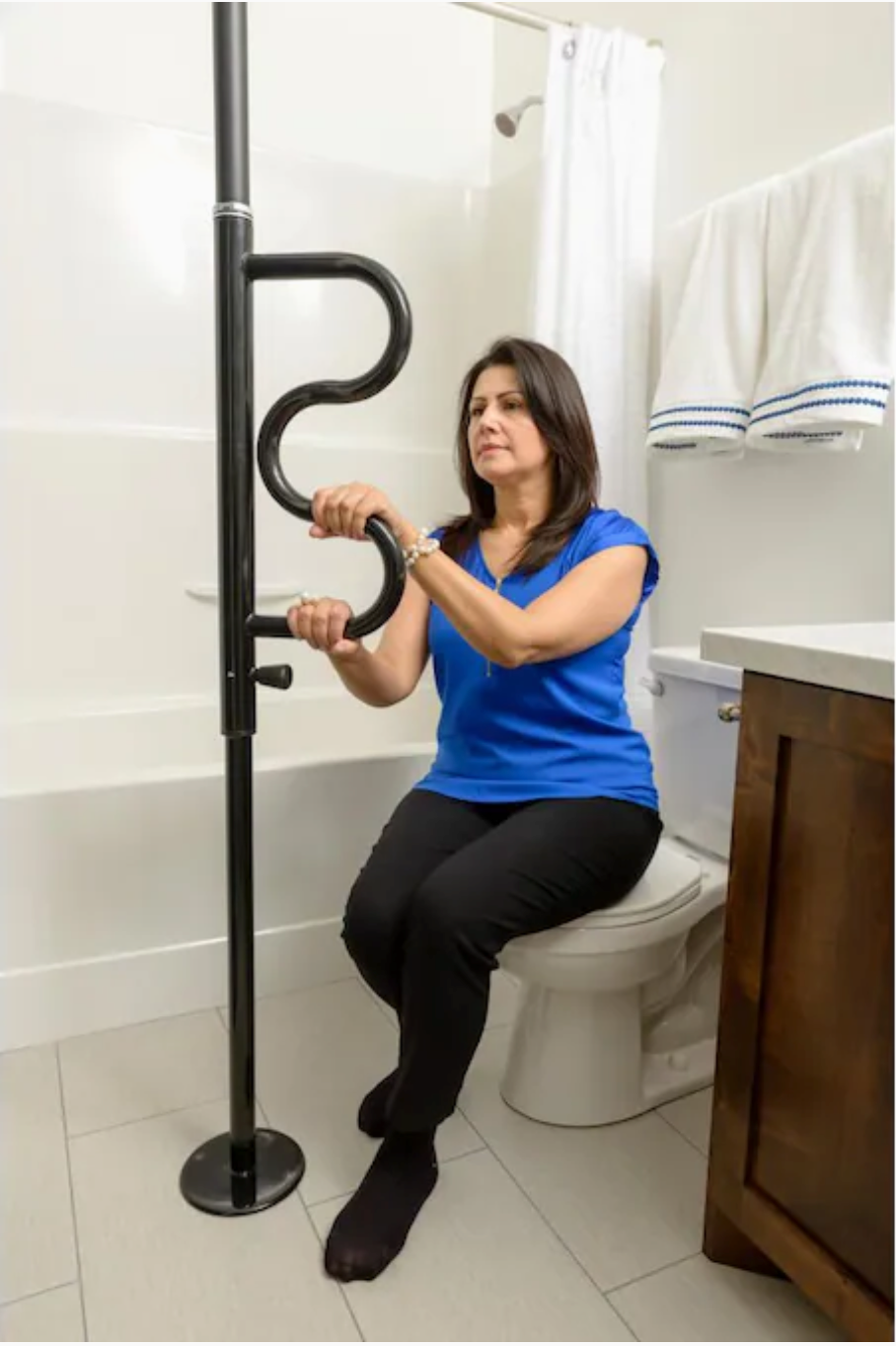
Adding a floor-to-ceiling pole near the bed, the commode, a favorite chair, or by the tub offers added stability for getting up and down. This type of pole works on the same principle as a tension shower curtain rod—it’s positioned and then expanded to create pressure between the floor and the ceiling. The pressure keeps it in place without the need to drill into floor or ceiling joists. A vertical bar, such as the Stander (available from Lowe’s), is a relatively inexpensive way to enhance mobility and reduce the risk of falls.
Incorporate a Stair Lift
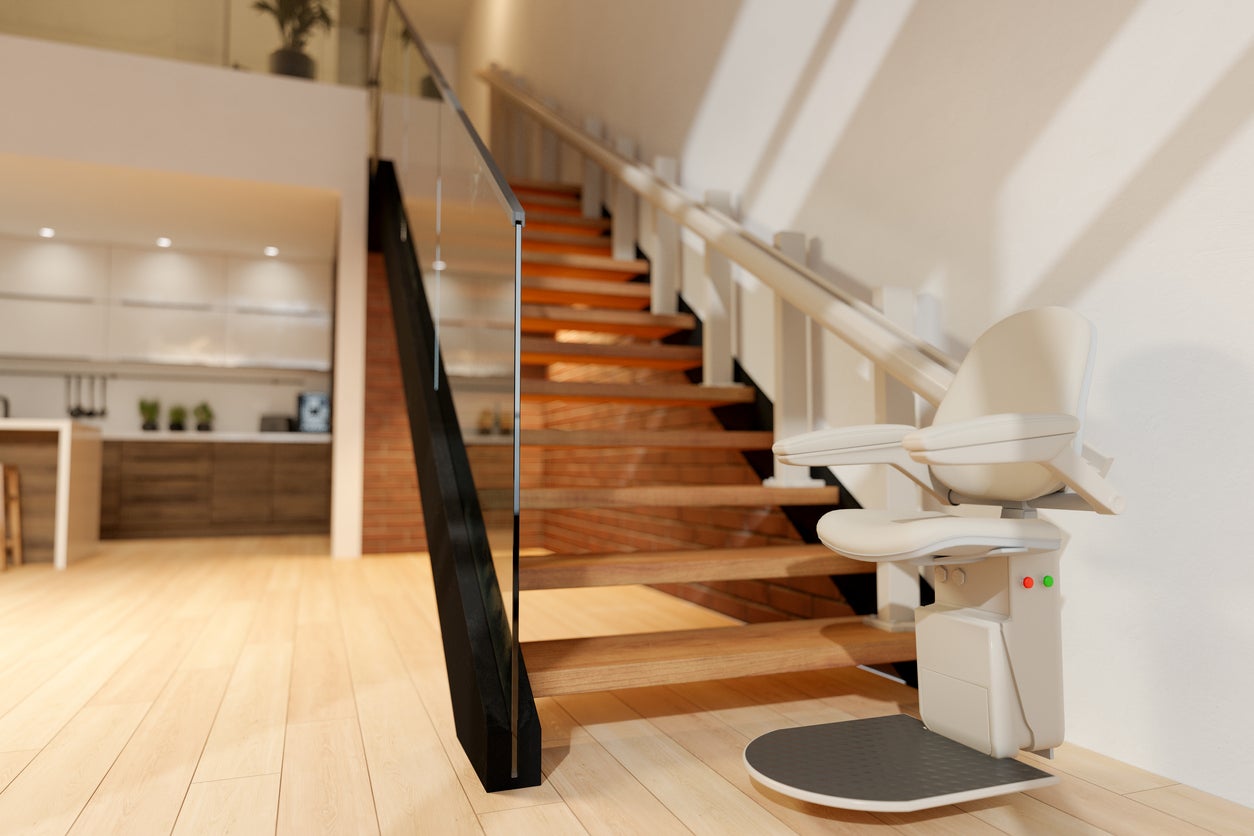
Houses with more than a single story can prove frustrating for those with limited mobility. Installing a stair lift allows a mobility-challenged individual to travel between floors rather than be limited to living on a single floor. This is one of the pricier upgrades, running an average of $2,000 to $5,000, depending on quality and stairway configuration. Still, it goes a long way toward allowing a disabled individual to live at home and remain independent.

Meet the 2025 Tools of the Year
After months of scouring the market and putting products through their paces, we’ve named the best of the best in new tools. There’s something for everyone, from veteran pros to average Joes.